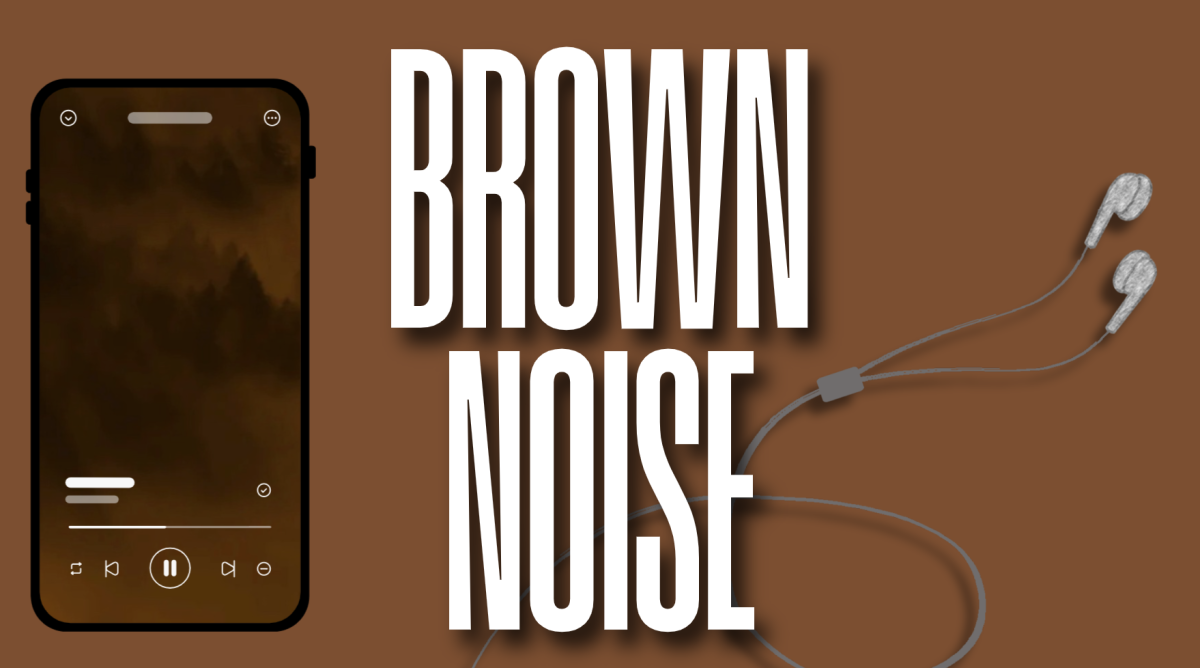
By Kara Scagliola
What was the first thing you did when you were applying to college?
Maybe you looked at the average accepted GPA to determine if you could get into the college. Maybe you looked at the food rating, the ratio of males to females or campus life is like. You may have looked at the graduate placement reports to see how well the institution places their graduates in jobs.
While we all come to college to learn, gain experience and make lifelong friends, we also inarguably come here to obtain a lucrative job in our field of study. After all, how else are we going to pay off our loans?
“I remember more than 70 percent, I think, of people get jobs, or internships,” says Meghan Cahill FCRH ’14, when asked about why she applied to a university such as Fordham. “Yeah, life after college was important to me.”
While Fordham and other reputable schools throughout the country deserve to attract students because of these employment statistics, there is a growing problem in what are known as for-profit schools falsely driving up these promised employment statistics in order to gain more money. This corruption comes at the expense of taxpayers, as the government funds a great amount of student loans for attendees. And, it comes at the expense of the students who attend these institutions, who find themselves in debt and unemployed after graduation.
Eric Parms & Everest College
A for-profit college, also known as an Educational Management Organization (EMO), is a market driven enterprise. They differ from institutions such as Fordham and other local universities such as NYU and Columbia, in that their main goal is not to educate, but to gain profit from the tuition student’s pay to be educated.
The proliferation of for profit schools has turned the college degree into a commodity, and these EMOs market on the idea that one needs a degree in order to obtain a financially stable and happy life. Some for-profit schools you may be familiar with due to their vast television advertising are DeVry University, Everest College, ITT Technical Institute and the University of Phoenix. These for-profit institutions have incessant and over-whelming marketing campaigns in comparison to non-profit schools.
A recent article from the Huffington Post chronicles the problems that for-profit colleges have presented and shows how these colleges are not actually benefitting their graduates and society as a whole.
According to the article, Eric Parms enrolled at Everest College in Atlanta for the same reason many of us applied to Fordham. “He’d seen the for-profit school’s television commercials touting its sterling rates of job placement,” says the article, “and he’d heard the pledges of admissions staff who assured him that the campus career services office would help him find work in his field.”
This, however, was not the case. Though Parms was hired in a temporary position in the field of heating and air conditioning repair, he was laid off in less than two months from his job of laying electrical wiring with $17,000 dollars of debt from his nine month education at Everest. Furthermore, the school denied him, and many others like him, help in finding another job in their fields of study.
Soon after his termination, it was revealed that the company that originally hired Parms was paid $2000 by Everest. Its parent company, Corinthian Inc., encourages the school to do this in order to boost employment rates to almost 100 percent. Unfortunately, Parms only typifies cases of this happening all throughout the country in association with for-profit schools.
Even more disturbing is that in 2007, the California Attorney General’s office found that Corinthian Inc. was not only inflating its post-grad employment rates, but also lying in order to gain money from investors. The AG found that California affiliated Corinthian schools were considering their graduates ‘placed’ in jobs based on a project they did in school, and that the students were not actually employed post-grad.
After this inquiry, Corinthian Inc. lost a great following. But, a simple rebranding of many of its schools to take on the name Everest, along with one of the greatest recessions our country has seen, allowed it to yet again draw people in with the promises of job opportunity.
This is precisely what happened to Parms. “It was like, ‘a year from now, you could be in a career making decent money,’” Parms told The Huffington Post after seeing the commercial, “so that was my mindset.” Parms, among others, had no idea he was simply a pawn in the corporate money game.
According to a report from the Securities and Exchange Commission, highlighted in the Huffington Post article, at the peak of Corinthian’s most recent deception in 2011, each of their affiliated schools averaged $1.75 million in revenue. It became increasingly clear that an industry set up in the 1990s to qualm the short comings of private, public and charter school education has simply become a way to extort people out of money and ruin people’s futures in order to make a profit.
“I don’t really think that’s fair because I think the university should help them find a career path,” said Cahill, FCRH ’14, when asked about for-profit colleges. “They were promised that, I think that’s why many people go to college, not for a temporary job, it is to find a career, I don’t think it’s fair that they do that.”
The Undergraduate
Placement Report
It is clear that this is not what education is about. While private institutions do come at a higher cost, it is clear that “non-profit” institutions do not treat their students as revenue, but rather as investments in the reputation of the college or the university.
This is evidenced by the diligence taken by non-profit schools in describing their post grad statistics.
For example, Fordham has an extensive “Undergraduate Placement Report” released from the Office of Institutional Research each year, which chronicles the percentage of students who have gained employment and also those still seeking employment six months after graduation. The report also gives extensive breakdowns of industry, types of job and salaries obtained by recent graduates.
This extensive report is ethically conducted, and can be found from most, if not all, reputable universities throughout the country.
The Heartbreaking Reality
At the end of the day, the question is not about for-profit or non-profit education, it is about the ethics that any educational institution should uphold. For-profit schools, unfortunately, have not upheld ethical standards in education and instead have become tropes of the business industry.
Stories such as Parms’ are heartbreaking, unfair and unfortunately common.
While the bottom line is that higher education should be economically available for everybody, it is clear that for-profit schools have not created the platform to make this possible.
Instead, these types of schools have been corrupted by businesses, which do not place value on the individual or the American work ethic, and instead place pertinence on the amount of money they can make from these people and by the amount of people they can attract.
So for now, it seems we must go back to the drawing board on the issue of attainable education for everyone.
Kara Scagliola, FCRH ’14, is an American studies major from New York City.








































































































































































































